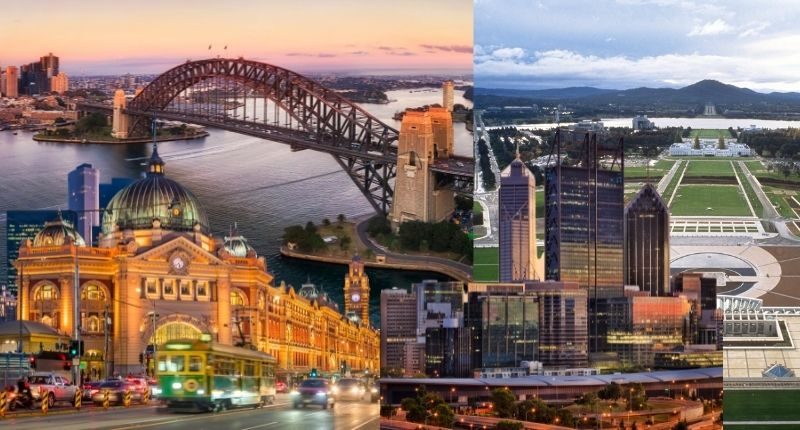- Hybrid working embraced, with fewer days to be worked at home
- Hotdesking on the rise despite initial hygiene fears
- Overwhelming demand for collaborative spaces for future offices
CBRE Research has released its latest survey findings on trends in office leasing.
The Asia Pacific Occupier Survey, completed across March and April, showed employees across the region are now expected to spend most of their time in the office, among other key trends.
The top five trends in the office
- The adoption of hybrid working has increased,
- Unassigned seating is more preferred within occupier’s footprints,
- Pacific occupiers are more willing to allow an organic return to the office,
- More collaboration space is the key priority for new office designs, and
- ESG credentialled buildings are being prioritised by occupiers.
Hybrid working on the rise
While lockdowns and restrictions meant much of 2020 and, depending on where you lived, many parts of 2021 were spent working from home. CBRE’s survey found that in October 2020, employers expected employees across the Asia Pacific to work from home 1.9 days per week.
The latest survey results have found expectations of work from home have dropped, with employers expecting workers to work from home only 1.7 days per week.
How often did respondents anticipate employees will working remotely?

Very few respondents expected either extreme, less than 10% said they expected employees to be never working from home or entirely working from home.
Head of Office and Capital Market Research, Australia for CBRE, Tom Broderick, said “[it] is a clear shift since early in the pandemic when there was a lack of consensus on hybrid working. In a positive shift, occupiers are also re-examining their office footprints and moving from contraction to expansion mode.”
“One-third of Asia-Pacific respondents with at least one office in Australia and New Zealand now expect to expand, and for companies solely based in this region there is even more of a leaning toward expansion (40%) versus contraction (36%).”
Everybody cut footloose
Perhaps not quite calling upon that Kenny Loggins classic, another trend identified by the research included the acceleration of unassigned seating.
While hotdesking was still in doubt owing to hygiene concerns early in the pandemic, empty desks in the office due to work from home have been on the rise, with some 58% of respondents now implementing or expecting to implement unassigned seating within the next two years.
Seating arrangements that best matched respondent workplace plans

Organic, growth
The comma is there for a reason: occupiers across Australia and New Zealand are willing to allow an organic return to the office, and office footprints are expected to expand.
The report said, “Encouragement to return to the office in the Pacific is underway for 33% of respondents to the survey. A further 35% expect to encourage staff to return more regularly by the end of 2022.”
When respondents expected to encourage a more regular return to the office

The latest survey found 33% of respondents with at least one office in Australia and New Zealand said they expected to expand, compared to 42% still looking to contract. However, the purely local respondents that only have exposure to the Pacific region were more likely to expand (40%) rather than contract (36%).
Expected real estate portfolio size change over the next three years

The human connection
An overwhelming 84% of respondents said the future offices will feature collaborative spaces, with large numbers also calling for other investments that will ultimately require less desk space.
The aspects that corporates didn’t see as a priority were for more large meeting rooms and fitness/wellness facilities.
Also, early in the pandemic there was debate about whether workstations would get larger to offset potential health risks and disperse the workforce throughout the footprint, however, this does not appear to be a priority of occupiers in the Pacific.
Workplace strategy inclusions

ESG for me
With many major corporates making net-zero emissions commitments into the future, the trend towards ESG-friendly office buildings has accelerated.
Only 9% of Pacific respondents said that they had no concrete plans to move their footprint to more ESG credentialed buildings, however, only about 13% of respondents said that the majority of their existing portfolio are in such buildings. This means that almost 80% are looking to move more towards ESG buildings in the future.
As highlighted in CBRE’s NABERhood Watch Report, there is a direct correlation between occupancy of buildings and higher NABERS ratings. This trend will likely continue as more tenants look to upgrade to these buildings.
Current thoughts of respondents on ESG-friendly office buildings









